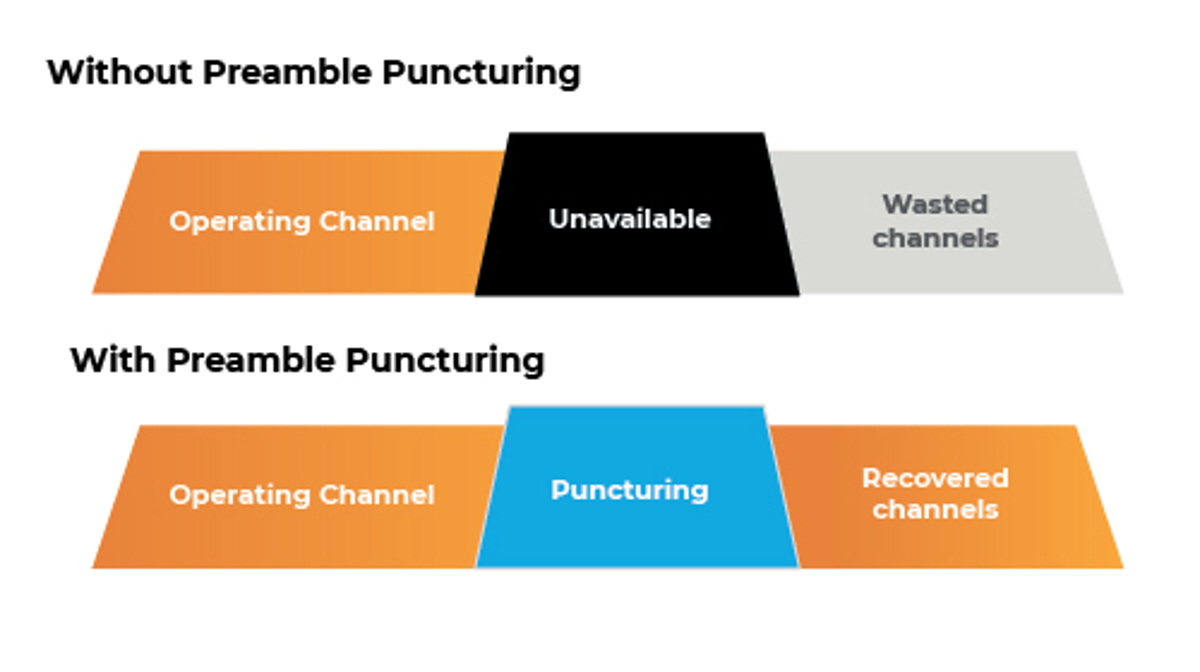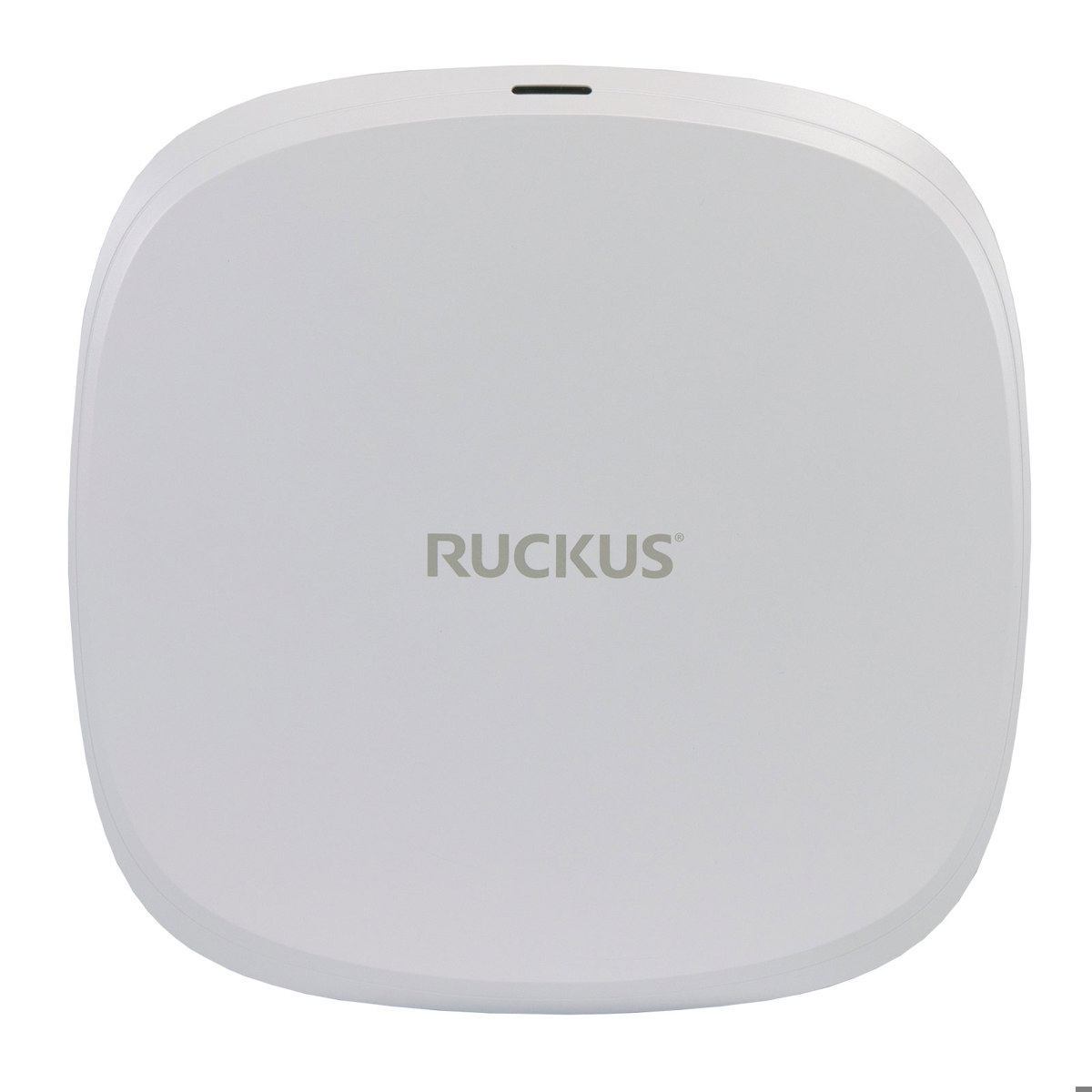Wi-Fi 7 Features: A Closer Look
The Wi-Fi Alliance began certifying Wi-Fi 7 devices in early 2024, which allows more organizations to take advantage of the higher throughput, speeds, and reliability promised by the new standard. Wi-Fi 7 uses new technologies like 4K QAM, Multi-Link Operation (MLO), and Multi Resource Units Puncturing to deliver these improvements.
This guide from the wireless networking experts at MBSI WAV takes a closer look at the most important Wi-Fi 7 features. Below, we discuss how they work and why they matter before offering examples of Wi-Fi 7 solutions to help you achieve these benefits.

Wi-Fi 7 Features
| New Feature | Description | Impact |
|---|---|---|
| 320Mhz Channels | Wi-Fi 7 supports 320 MHz channel widths, which are double the size of the channels used by Wi-Fi 6E | 320 MHz channels increase throughput and allow more APs to operate in congested sites |
| 4K QAM | 4096-quadrature amplitude modulation (QAM) allows Wi-Fi 7 signals to embed more data with greater density | 4K QAM enables Wi-Fi devices to transmit up to 20% more data at a time, increasing throughput |
| MLO | Multi-Link Operation (MLO) allows Wi-Fi 7 devices to simultaneously connect on two frequency bands (e.g., 5 GHz and 6 GHz) | MLO aggregates data, reduces latency, and improves reliability to ensure maximum speeds |
| Multi-RU & Preamble Puncturing | Multi Resource Units and preamble puncturing enable multiple Wi-Fi 7 devices to use parts of the same channel | Multi-RU and preamble puncturing improve data transmission efficiency for greater speed and availability |
| 16X16 MU-MIMO | Wi-Fi 7 access points (APs) can use up to 16 spatial streams and 16 antennas for simultaneous communication or data aggregation | 16X16 MU-MIMO allows more devices to connect per AP for more cost-effective Wi-Fi deployments |

320MHz Channels
Wi-Fi 7 uses the 6GHz band, which offers 1.2GHz worth of spectrum and supports 320 MHz channel widths. Previous Wi-Fi generations supported 160MHz maximum channel widths, so Wi-Fi 7 theoretically doubles the amount of data that can be transmitted at once (a.k.a., throughput).
Larger channel widths also potentially allow more access points (APs) to operate in the same location with less congestion. Canada approved 1,200MHz of additional spectrum in the 6 GHz band, making it possible to take advantage of ultra-wide 320MHz channels. However, other regions - including the EU - allocate much smaller spectrum ranges, which may prevent organizations from utilizing this feature.
4K QAM
Wi-Fi 7 supports 4096-quadrature amplitude modulation, or 4K QAM, which increases the amount of data that can be encoded in a wireless transmission. 4K QAM makes Wi-Fi 7 devices technically capable of encoding up to 4096 symbols per transmission, carrying 12 bits of data per symbol, which is a 20% increase over Wi-Fi 6/6E devices using 1K QAM. This equates to 20% more throughput, resulting in faster data transmission for applications like media streaming and virtual reality.
Multi-Link Operation (MLO)
In previous Wi-Fi generations, devices had to operate on a single channel within the 2.4GHz, 5GHz, or 6GHz band. Wi-Fi 7 introduces Multi-Link Operation (MLO), which enables a device to connect on multiple links across two frequency bands at the same time. MLO offers two connection methods, each of which provides different benefits:
- Enhanced Multi-Link Single-Radio (EMLSR) allows both bands to share redundant data for improved reliability and reduced latency.
- Multi-Link Multi-Radio (MLMR) splits data across two bands to technically double throughput and enable faster speeds.


Multi-RU & Preamble Puncturing
Under the Wi-Fi 6/6E standards, only one device can use a channel at a time, even if there’s plenty of spectrum still available. Multi Resource Units (Multi-RU) and preamble puncturing allow multiple Wi-Fi 7 devices to utilize different parts of the same high-speed channel. These Wi-Fi 7 features segment a wide channel into smaller units while blocking the units that aren’t available, improving data transmission efficiency and increasing speeds.
16X16 MU-MIMO
Multi-User Multiple-Input Multiple-Output, or MU-MIMO, lets access points use multiple antennas to communicate with multiple clients simultaneously. Wi-Fi 6 supported 8X8 MU-MIMO, meaning up to 8 spatial streams and 8 antennas. Wi-Fi 7 supports 16X16 MU-MIMO, or 16 spatial streams and 16 antennas. This technology allows organizations to connect more devices per access point, making Wi-Fi 7 deployments more cost-effective without sacrificing throughput. However, it’s important to note that no 16X16 APs are available yet.
Upgrade to Wi-Fi 7 with RUCKUS Networks
RUCKUS Networks is an innovator in Wi-Fi 7 technology, with two indoor access points supporting 320MHz channels, 4K QAM modulation, MLO, and Multi-RU with preamble puncturing. Both APs deliver 6 spatial streams - 2X2 in 2.4GHz, 5GHz, and 6GHz, or 2X2 in 2.4Ghz and 4X4 in 5GHz in dual-band mode. All RUCKUS access points also include patented wireless technology and learning algorithms designed to improve network performance, delivering throughput improvements in heavily congested environments, reducing interference, and extending coverage range.

RUCKUS Wi-Fi 7 Access Point Comparison
| RUCKUS R670 | RUCKUS R770 | |
|---|---|---|
| Concurrent Users | 768 | 1024 |
| Ethernet Ports | 1 x 1 / 2.5 x 5GbE | 1 x 1GbE | 1 x 1 / 2.5 x 5GbE | 1 x 1GbE |
| Max PHY Rate | 9340Mbps | 12220Mbps |
| Radio Chains and Streams | 2X2 (2.4GHz), 4X4 (5GHz), 2X2 (6GHz) | 2X2 (2.4GHz), 4X4 (5GHz), 2X2 (6GHz) |
| Use Cases | Education, Hospitality, Office/Retail, Public Venue | Education, Hospitality, MDU, Manufacturing, Office, Retail, Public Venue |
MBSI WAV is a trusted RUCKUS Networks distributor with the best stocking position in the networking market. Our world-class customer support team can help you find wireless solutions that deliver the most important Wi-Fi 7 features for your unique requirements.
| Reach out to MBSI WAV to learn more about upgrading to Wi-Fi 7 with RUCKUS solutions. |
| Contact Us |

